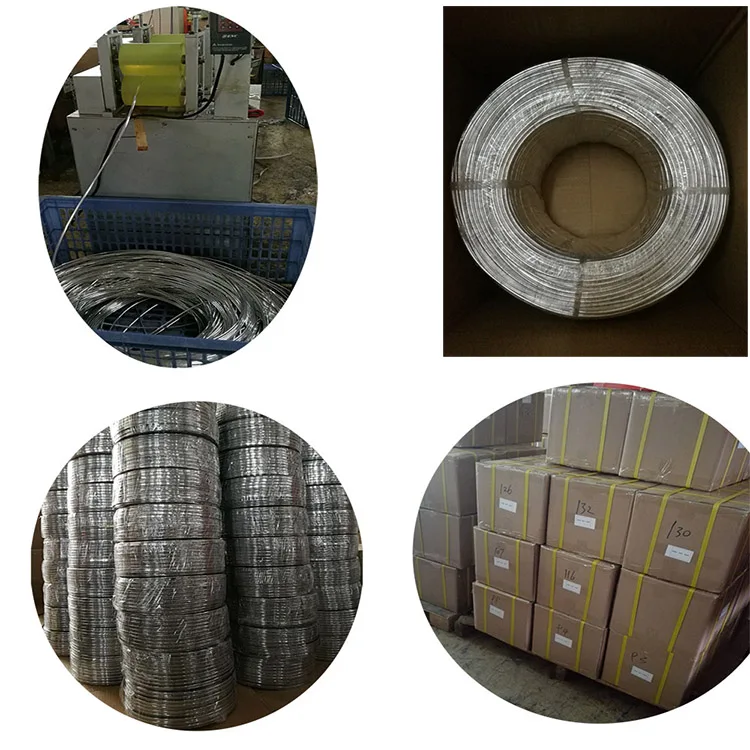Sealing Strip Applications and Benefits in Heat Exchanger Efficiency and Performance
Oct . 18, 2024 12:46 Back to list
Sealing Strip Applications and Benefits in Heat Exchanger Efficiency and Performance
The Role of Sealing Strips in Heat Exchangers
Heat exchangers play a crucial role in various industrial processes, particularly in energy generation, HVAC systems, chemical processing, and more. They facilitate the efficient transfer of heat between two or more fluids without mixing them. While the design and material of the heat exchanger are critical to its performance, one often overlooked component is the sealing strip. The sealing strip, also known as a gasket or sealing material, is integral to maintaining the efficacy and safety of heat exchangers.
Importance of Sealing Strips
Sealing strips serve multiple functions in heat exchangers. Primarily, they prevent fluid leakage, which can significantly affect the system's efficiency and safety. Any leakage can lead to a loss of heat transfer efficiency, which in turn can cause operational issues and increased energy consumption. In applications where hazardous materials are involved, leaking fluids can pose serious safety risks, making the integrity of these seals paramount.
Moreover, sealing strips help maintain the required pressure within the heat exchanger. Variations in pressure can lead to inefficient operation and damage to the system. A well-designed sealing strip ensures that the pressure remains consistent across the heat exchanger, thus promoting optimal thermal performance.
Materials Used in Sealing Strips
The choice of material for sealing strips in heat exchangers is critical and depends on various factors, including the types of fluids being processed, temperature ranges, and pressure conditions
. Common materials include rubber, silicone, PTFE (Teflon), and metallic gaskets.1. Rubber Used for many standard applications, rubber sealing strips can handle moderate temperatures and are cost-effective. However, their durability can be affected by exposure to extreme temperatures or aggressive chemicals. 2. Silicone This material is well-suited for high-temperature applications, offering flexibility and resistance to degradation. Silicone sealing strips are particularly popular in food and pharmaceutical industries due to their non-toxic nature.
sealing strip in heat exchanger

3. PTFE Known for its exceptional chemical resistance and high-temperature tolerance, PTFE is often used in harsh chemical environments. It provides reliable sealing in extreme conditions, making it a preferred choice for many industrial applications.
4. Metallic Gaskets These are used in high-pressure and high-temperature environments. They provide excellent sealing capabilities, but their installation is more complex compared to softer materials.
Design Considerations
When designing sealing strips for heat exchangers, several factors must be taken into account. The size and shape of the sealing strip must match the heat exchanger configuration precisely to prevent gaps that can lead to leakage. Additionally, the thickness of the sealing strip affects sealing performance; too thin might compromise sealing ability, while too thick might hinder the assembly.
The sealing method is also essential. Compression gaskets work well in many applications, but other technologies like spiral wound gaskets or O-rings provide enhanced sealing capabilities in specific scenarios. Additionally, the selection of the right adhesive or fastening mechanism can also influence performance.
Conclusion
In summary, sealing strips may seem like minor components in the context of heat exchangers, but their role is invaluable to system effectiveness, safety, and longevity. Proper selection of materials, thoughtful design considerations, and appropriate installation procedures are all crucial to ensuring these sealing strips perform optimally. As industries continue to prioritize efficiency and safety, the importance of reliable sealing solutions in heat exchange systems will remain a critical focus area for engineers and technicians alike.
-
Premium Car Trim Strip - Top Car Moulding Trim Strip Exporters & 3 Car Moldings Manufacturers
NewsJul.08,2025
-
High-Quality Sponge Seal Solutions Leading Sponge Door Seal Manufacturer & Service
NewsJul.08,2025
-
U Shape Chrome Trim Strip Manufacturer & Exporter High-Quality Factory Products
NewsJul.07,2025
-
High-Quality LED Neon Light Supplier – Flexible & Color Changing Neon Strip Lights for Versatile Applications
NewsJul.07,2025
-
High-Quality White Transparent Silicone Strip Reliable Exporter & Factory Price
NewsJul.07,2025
-
Premium U Shape Chrome Trim Strip – Reliable Factory & Exporter for Automotive & Home Décor
NewsJul.06,2025
